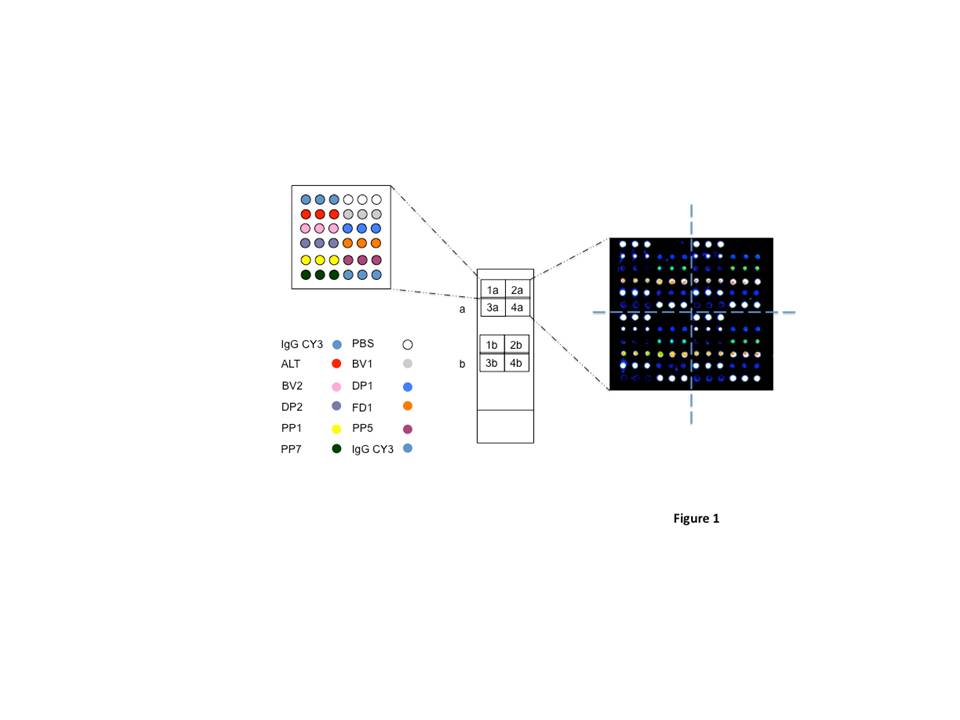Food allergies can provoke clinical reactions whose most severe is anaphylaxis, with respiratory and/or cardiovascular problems that might result in death. They are common in 1-2% of adults and up to 8% of children, corresponding to a serious public health problem that affects over 15 million people in Europe from infants to the elderly and its prevalence is increasing. The skin prick test is the most commonly used test for allergy diagnostics. However, this test has its limitation in patients with severe allergic reactions (anaphylaxis) and young children, where the tests are difficult to administer. Unfortunately, food allergy is most frequently seen in young children with eczema and/or severe reaction in the past. Therefore, blood based tests, mostly using the FEIA, RAST and ELISA techniques are often used to detect the allergen specific IgEs (immunoglobulins E). Allergy pathogenic basis is the recognition of innocuous antigens by specific antibodies of the IgE isotype, followed by the release of inflammatory mediators. Evidently, a diagnostic platform is needed that can quickly and safely identify the sensitization of a patient to various allergens so as to be able to proscribe a suitable diet and lifestyle. Ideally it should be a simple, cheap, label-free technology and should be rapid, so as to be used by non-technical staff at point of care (PoC). Due to low serum volume consumption, high-throughput capacity and flexibility, microarrays are becoming important tools for the determination of allergen-specific IgE. The principle of the allergen microarrays is an immunoassay consisting of recombinant or purified allergens spotted and immobilized on functionalized microarray slides as the capture agents. The serum sample is screened in a single test for allergen-specific IgE thus, a multitude of single allergens can be simultaneously probed for IgE binding allowing the identification of molecules the patients are sensitized and therefore the target molecules for a putative specific immunotherapy.
Our goal is to produce new, high throughput and highly sensitive microdevices based on microarray technology for the diagnosis of allergy (Figure 1). The key points of our research is the use of polymeric coatings to immobilize allergens in their active conformation and with high density onto substrates able to amplify the detection signal such as silicon with fluorescence amplification properties or high surface/volume ratio such as porous silicon. We also work on the coupling of the assay to microfluidics to improve specificity and sensitivity of detection and to shorten analysis time.
These studies have been granted by EEC (FP6 NANOSPAD and FP7 POSITIVE)
Publications
^ M. Cretich , G. Di Carlo, C. Giudici, S. Pokoj, I. Lauer, S. Scheurer and M. Chiari
Detection of allergen specific immunoglobulins by microarrays coupled to microfluidics Proteomics 9 (8) 2098-2107 (2009)
* M. Cretich, D. Breda, F. Damin, M. Borghi, L. Sola, S.M. Unlu, S.E. Burastero and M. Chiari, Allergen microarrays on high sensitivity silicon slides Anal Bioanal Chem (2010) 398: 1723-1733
Immagini:

